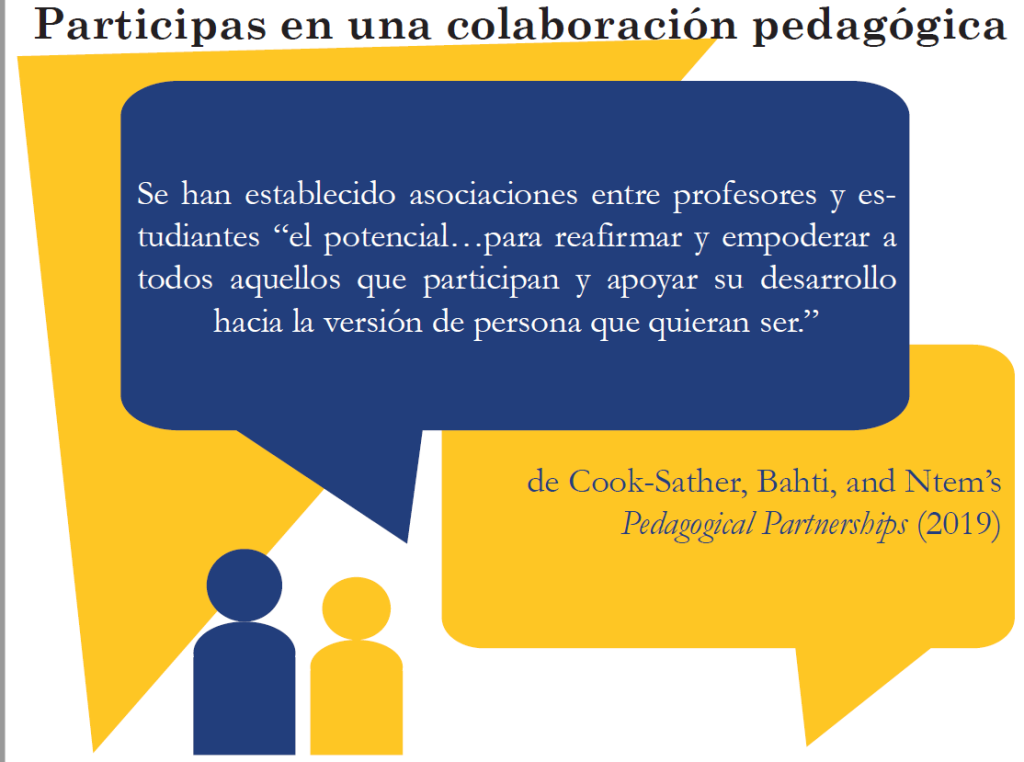Below are the opening several sentences from one of my written exams undertaken in my PhD program at the University of Oklahoma back in 2011. These ideas slowly made their way into my dissertation and then into my book. I don’t think any of these sentences made their way all the way from my exam to diss to book. But the ideas, the idea of grounded current rhetorical studies on college sports on ancient western rhetorics, stayed with me and still stay with me. Enjoy me fumbling around and thinking through writing. I still am.
————————————————————————————————————
Recent scholarship on the sophists has devoted itself in two main directions: exploring an individual sophist or highlighting connections between current issues and sophistic thought. For the former, Bruce McComiskey and Scott Consigny studied Gorgias; Edward Schiappa wrote on Protagoras; Takis Poulakos focused on Isocrates. For the latter, scholars have worked in a connective spirit, looking to (re)see and (re)contextualize these ancient figures. The connections to electronic communication (Kathleen E. Welch), feminism (Susan C. Jarratt), postmodernism (Victor Vitanza) and liberal arts (Janet Atwill), illuminate for us the relevancy of continued discussion of sophistic rhetorics.
While this body of scholarship underscores the depth of sophistic thought, I argue additional work needs to attend to how athletics shaped and propelled sophistic pedagogy. The highly athletic culture in which the first generation of sophists arose provides exigency for further (re)examination of Protagoras and Gorgias. And this athletic culture is most notably seen at institutes of higher education where powerful Division I athletic programs can quickly overshadow academics. As a composition teacher as well as an athletic academics program coordinator, I have daily encounters with student-athletes. Despite student-athletes recently posting the highest cumulative GPA in the history of University of Oklahoma athletics (a 3.01), a recent graduation report filed by the NCAA shows OU’s graduation rate for student-athletes is hovering around 54%. I find myself wondering how, in a culture which highly values athletics and competition, student-athletes, produced by and consumed in this culture, can graduate at such a low rate. While the student-athletes at OU are excelling at a high rate athletically, they, for the most part, are struggling academically. Academics and athletics are all but divorced. But my point here is not to offer a panacea for student-athlete graduation rates. I tentatively believe hope can be found in implementing competitive rhetoric student-athlete pedagogy. However, more exploration of this rhetoric and its connection to the culture milieu needs to occur first. Here I concerned with exploring how Protagoras’s and Gorgias’s competitive rhetoric situated them a as bridge between athletics and academics.
